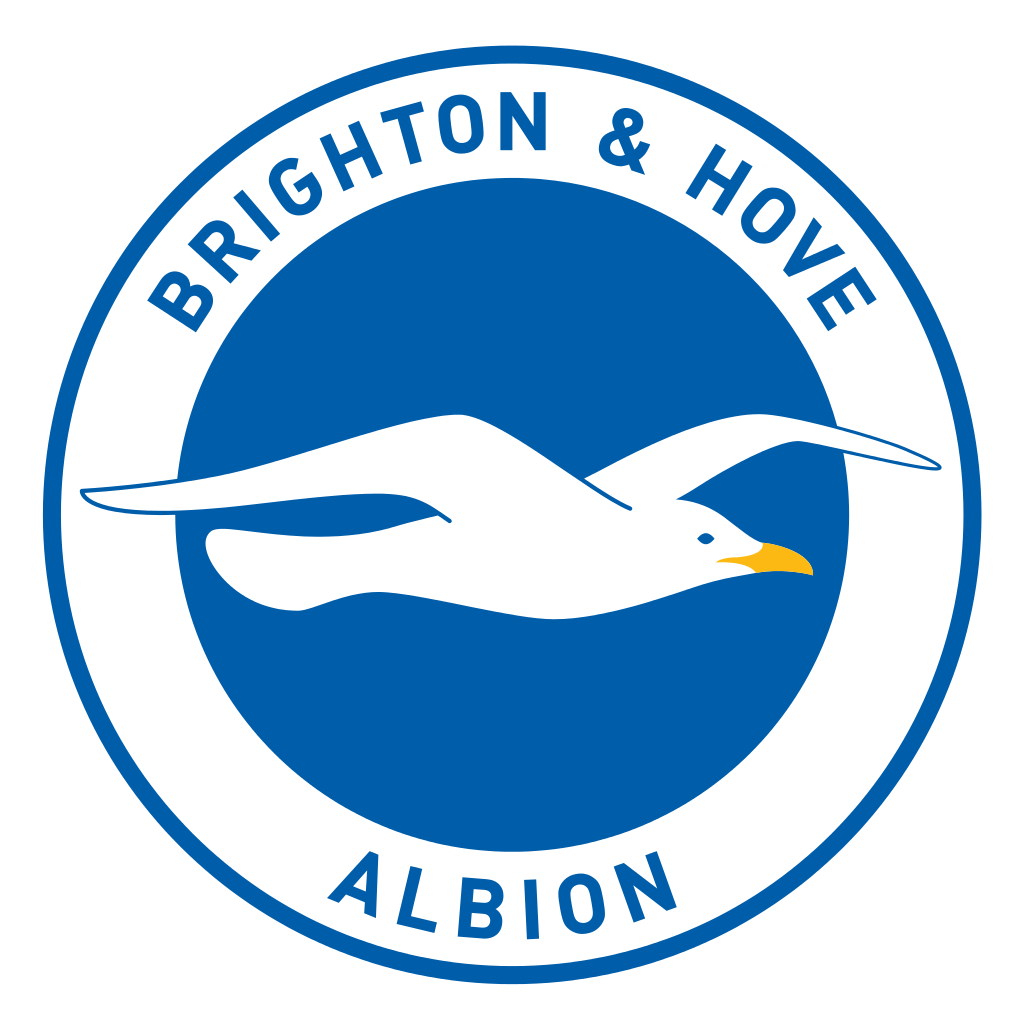
The Pepper Pot is set to be lit up with solar lighting in a bid to protect the Grade II listed folly from vandalism and graffiti.
The tower, which has been a newspaper printing press, public toilet, military observation tower, scout hut and artist’s studio, is currently used to store grit and salt.
In 2012, plans were put together by the Landmark Trust to explore the feasibility of turning it into holiday accommodation – but the plans fell through and since then it has become a target for graffiti.
Now, the Friends of the Pepper Pot (FOPP) have applied for permission to install solar panels and six lights so that it will look as though the tower is being used and deter vandals.
FOPP Treasurer Caroline Burnard said: “At the moment we are waiting to see if we get planning permission for the solar lighting. The feasibility study submitted with planning had heritage information relevant to the application.
“The heritage study was carried out some years ago by the Landmark Trust who looked at the possibility of turning the building into holiday accommodation. Unfortunately the building did not make it through further rounds of their selection process.”
The solar lighting will be paid for by grant funding secured by FOPP.
The tower was originally designed by Westminster and St Peter’s Church architect Charles Barry built for the grounds of Attree Villa, which stood on the south side of Attree Drive until it was demolished in the 1970s.
It’s not known what its original purpose was, if anything. In the late 19th century, it was used to print the Brighton Daily Mail, before being presented to the corporation (council) with the rest of the Attree estate in 1891.
During the Second World War, it was used as a military observation tower, then later as a scout HQ, then an artist’s studio before the single-storey extension was converted into public toilets in the 1960s.
In 2011, a lightshow illustrating its many uses was projected against the tower for the White Night festival. The Tower of Dreams show also featured recordings of its neighbours imagining what future uses it could be put to, with animations illustrating their visions.







Attree Villa became Xavarian College which closed and moved to the Drive to become De La Salle College I believe.It was a lovely old building which was sadly neglected and finally demolished to build what I would call Town Houses.
There’s an article on The Pepper Pot in the 2018 “Sussex Industrial History” issue 48 published by Sussex Industrial Archaeology Society.
The journal also includes articles on Brighton Power Stations plus the city’s Tram and Bus Shelters.